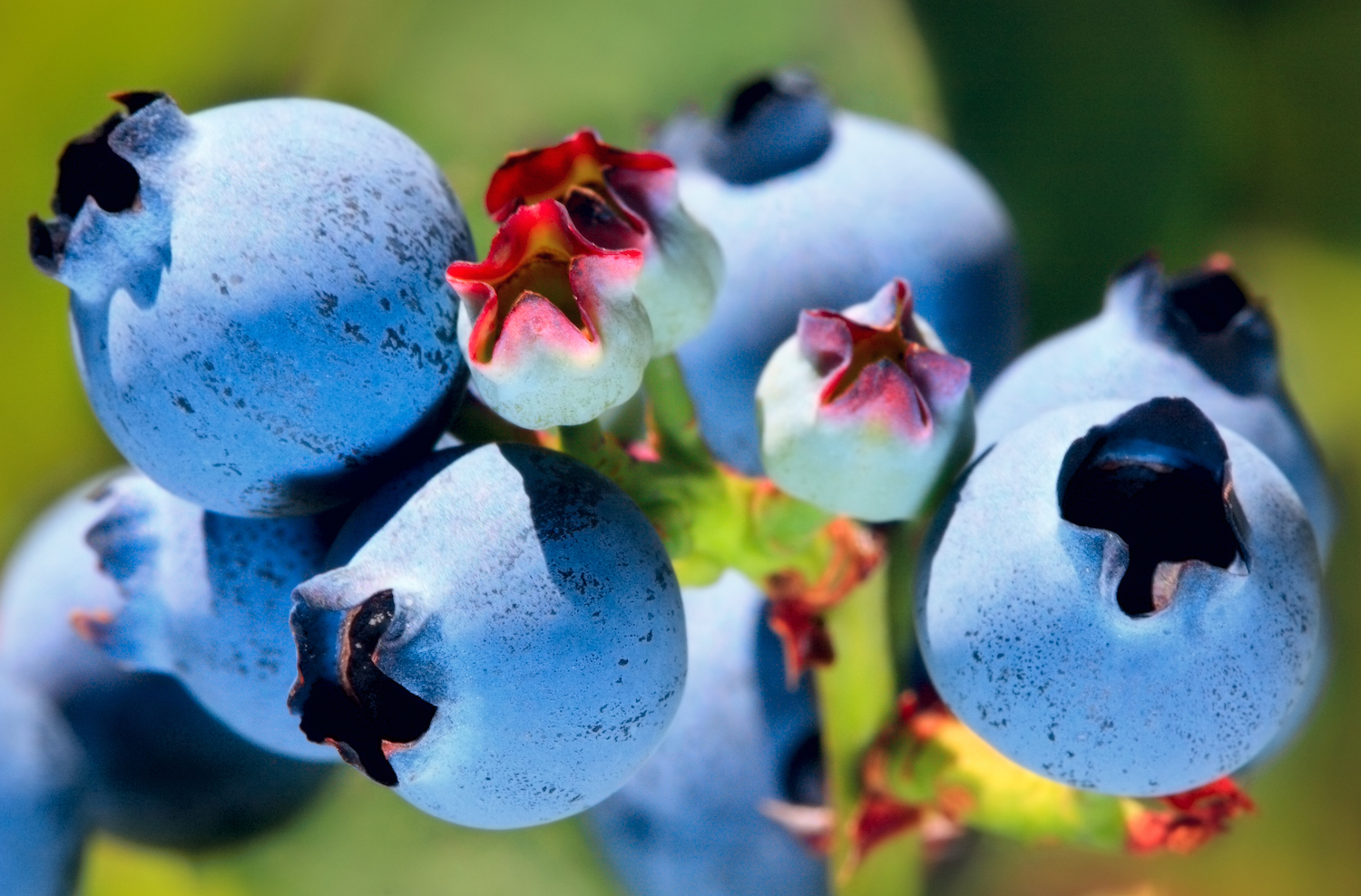China “top of the tree” for blueberry market opportunities
As bullish growth continues for blueberry production around the globe, one market stands out from the rest due to its sheer market potential.
The superfruit is by no means something that would traditionally feature in Chinese consumers’ shopping carts, but many in the industry are hoping to change that.
And in a country that contains around a fifth of the world’s population, that shift looks set to be a major game-changer.
For the first time this year, the International Blueberry Organization (IBO) will hold its annual Summit in China, in what the association’s president Peter McPherson described as a “different angle” for the event.
“I’ve attended every IBO Summit and we continue to raise the bar,” said McPherson, who also heads up the berry category of Australian produce company Costa Group.
“Obviously the government in China has a lot more to say about how the summit itself is run, but we’ve been able to work our way through that.
“I believe the program now is going to present all blueberry growers, suppliers and interested parties around the world with a good overview of not just the Chinese blueberry growing scene but also the world scene over the last 12 months.”
The three-day event will be held in the southern Yunnan Province, where McPherson said the local government has been very supportive of the conference.
“I encourage all blueberry-affiliated people globally to attend,” he said.
“I think it’s a very important conference to learn about what’s happening globally and about the better practices that are coming in. Also, the network opportunities that it represents are second to none.”
McPherson said while every country had its differentiation and challenges, China was unique in one area.
“The big thing about China is the market opportunity. There’s no doubting that it’s at the top of the tree,” he said.
“And the good thing that we’ve found is that the Chinese consumer loves blueberries.”
Local production key to boosting consumption
There are not just opportunities abound for marketing the on-trend fruit, but growing it too.
Costa announced a joint venture with one of the world’s leading berry companies, Driscoll’s, early last year, and McPherson said they would be ramping up their production footprint over the next three to five years.
“We can grow the Australian blueberry genetics that have been sent to China in a window where there is very little competition, and the fact that they are so well-received by consumers gives us a bit of a headstart to really go after that market opportunity,” he said.
“It will probably be the fastest-growing year-on-year production region in the world, albeit from a low base. Who knows? Maybe in 10 years’ time we might be saying it’s one of the biggest.”
Argentinean Blueberry Committee (ABC) president Carlos Stabile said holding the IBO Summit in China was a big step, explaining a lot of work had been involved in making it happen.
“The IBO as a brand has a reputation and we are coming from a very high standard from the last event in Argentina and Uruguay,” he said.
“I think the expectations are very high. I think the congress will show the giant market and the giant industry that China could represent in the future years in the blueberry sector.”
He added developing local production would be a key factor in stimulating consumption growth.
“These big investments that are happening right now are doing exactly that. They are creating the demand, and that demand for blueberries will still be there when the Chinese industry is done at the end of its season,” he said.
Chilean Blueberry Committee president Andrés Armstrong said the information garnered at the event would undoubtedly be of benefit to all those involved with the fruit.
“It’s an opportunity to get to know what’s happening in China – not just from a production point of view, but also the market – and to find better channels to sell our fruit,” he said, highlighting e-commerce as a key area for sales.
Double-digit growth from around the world
Production has been soaring in Australia, where year-on-year volumes increasing at a rate of 15-20%, according to McPherson.
He said the country had now effectively become a 52-week supplier thanks to its range of production locations from northern Queensland to Tasmania. The export sector is now focused on a Japanese market reopening and Chinese market opening, he added.
Morocco is another area seeing a strong uptick in volumes, with the major benefits having very low costs of production and a four-week lead time into the nearby European market in front of Spain.
“The yield factors that we’re able to achieve there are highest of what we get for the Costa genetics anywhere, and the year-on-year volume increases are 20-25%,” he said.
“Traditionally Royal and African Blue have been the main producers, but now a lot of other growers have seen what the capabilities of Morocco are due to its location and climate and are also looking to increase their production footprint in that part of the world.”
Peru recently announced it was expecting to double blueberry production for the second consecutive year this upcoming season, aiming to fill the supply gaps before Chile enters the scene with far higher volumes from November.
The more mature industries in Chile and Argentina are not the expecting significant year-on-year growth seen in the newer production regions, but both Stabile and Armstrong are expecting good seasons on the back of generally favorable weather conditions over recent months.







